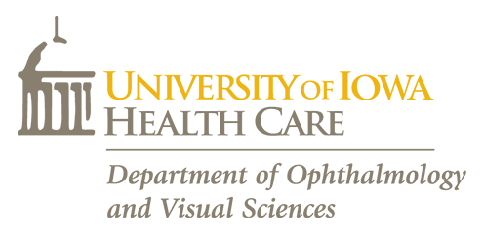Purpose: Adaptive optics scanning light ophthalmoscopy (AOSLO) imaging in patients with achromatopsia (ACHM) and albinism is not always successful. Here, we tested whether optical coherence tomography (OCT) measures of foveal structure differed between patients for whom AOSLO images were either quantifiable or unquantifiable.
Methods: The study included 166 subjects (84 with ACHM; 82 with albinism) with previously acquired OCT scans, AOSLO images, and best-corrected visual acuity (BCVA, if available). Foveal OCT scans were assessed for outer retinal structure, outer nuclear layer thickness, and hypoplasia. AOSLO images were graded as quantifiable if a peak cone density could be measured and/or usable if the location of peak density could be identified and the parafoveal mosaic was quantifiable.
Results: Forty-nine percent of subjects with ACHM and 57% of subjects with albinism had quantifiable AOSLO images. Older age and better BCVA were found in subjects with quantifiable AOSLO images for both ACHM (P = 0.0214 and P = 0.0276, respectively) and albinism (P = 0.0073 and P < 0.0004, respectively). There was a significant trend between ellipsoid zone appearance and ability to quantify AOSLO (P = 0.0028). In albinism, OCT metrics of cone structure did not differ between groups.
Conclusions: Previously reported AOSLO-based cone density measures in ACHM may not necessarily reflect the degree of remnant cone structure in these patients.
Translational relevance: Until AOSLO is successful in all patients with ACHM and albinism, the possibility of the reported data from a particular cohort not being representative of the entire population remains an important issue to consider when interpreting results from AOSLO studies.

